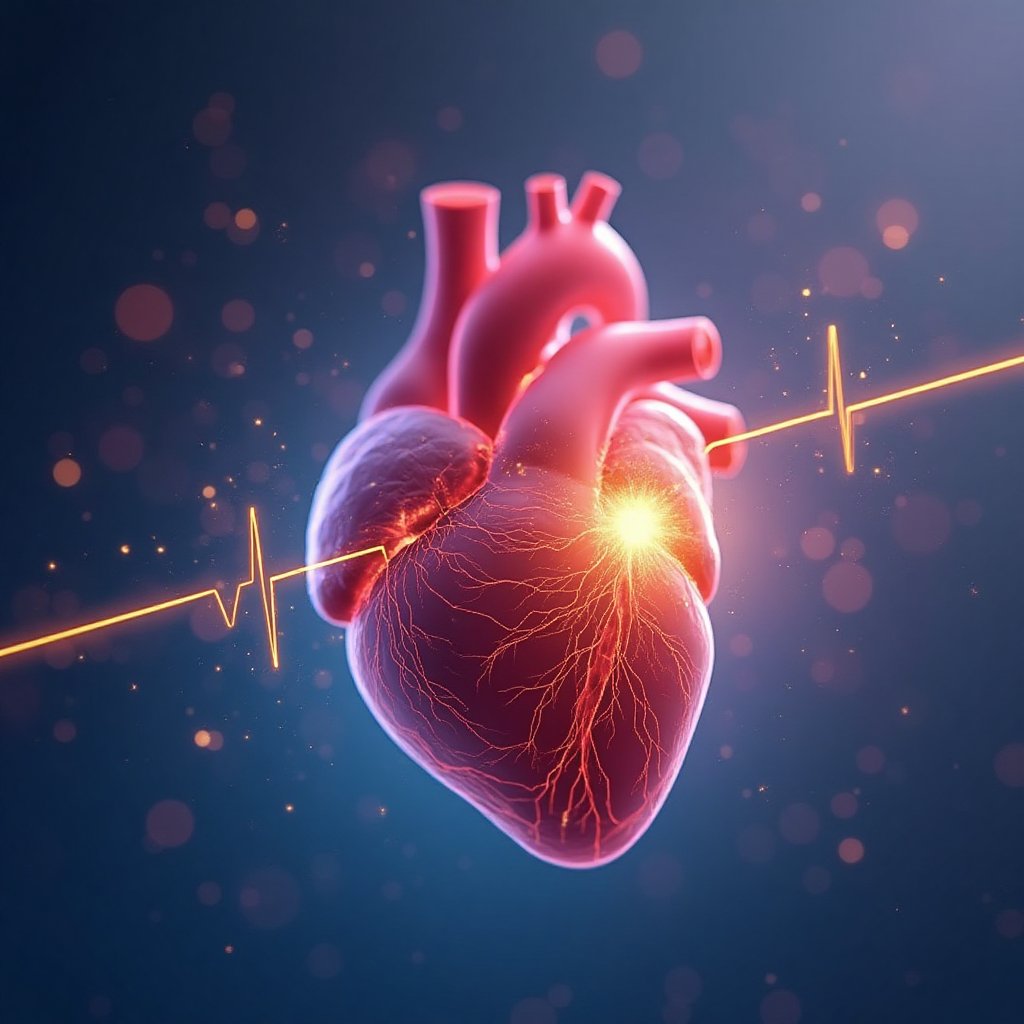Imagine a world where a tiny device, no bigger than a jelly bean, can keep your heart beating strong without the need for invasive surgery or cumbersome wires. Sounds like science fiction, right? Well, thanks to groundbreaking advancements in medical technology, this is now a reality. In a recent video by Dr. Pradip Jamnadas, MD, a leading cardiologist from Cardiovascular Interventions in Orlando, we get an inside look at the revolutionary leadless pacemaker. This article dives deep into the world of leadless pacemakers, exploring how they work, why they’re a game-changer, and what this means for the future of cardiac care.
What Is a Leadless Pacemaker?
Traditional pacemakers have been a lifesaver for millions of people with heart rhythm disorders. However, they come with their own set of challenges. These devices require a surgical procedure to implant wires (leads) into the heart, which can sometimes lead to complications like infections or lead fractures. Enter the leadless pacemaker—a tiny, self-contained device that eliminates the need for leads altogether.
As Dr. Jamnadas explains, the leadless pacemaker is inserted through a catheter from the groin and placed directly into the right ventricle of the heart. Once in place, it uses tiny prongs to attach to the heart’s inner lining, where it can deliver electrical impulses to regulate the heartbeat. The device is about the size of a large vitamin pill and is designed to last for several years, depending on usage.
How Does It Compare to Traditional Pacemakers?
Traditional pacemakers involve a more invasive procedure where leads are threaded through veins into the heart. These leads are connected to a pulse generator, which is typically implanted under the skin near the collarbone. While effective, this setup can be prone to complications such as lead dislodgement, infection, and even device malfunction.
In contrast, the leadless pacemaker is a self-contained unit that is inserted directly into the heart. This eliminates the need for leads and reduces the risk of complications. As Dr. Jamnadas points out, this makes it an ideal option for patients who have had previous infections or other issues that make traditional pacemakers less viable.
Key Benefits of Leadless Pacemakers
- Minimally Invasive: No need for surgical incisions or leads.
- Reduced Risk of Complications: Lower risk of infections and lead-related issues.
- Long-Lasting: The battery can last up to 7-8 years or more.
- Compact Design: The device is small and unobtrusive.
The Procedure: How It’s Done
Dr. Jamnadas provides a detailed explanation of the procedure in his video. The leadless pacemaker is inserted through a catheter that is threaded from the groin up to the heart. Once the catheter reaches the right ventricle, the device is pushed out and attached to the heart’s inner lining using tiny prongs. The catheter is then removed, leaving the pacemaker in place to do its job.
One of the most fascinating aspects of this technology is that the device is not retrievable once it’s deployed. When the battery eventually runs out, a new device is simply inserted alongside the old one. This might sound a bit odd, but it’s a testament to how small and unobtrusive these devices are.
The Future of Leadless Pacemakers
While the current generation of leadless pacemakers is designed to pace the right ventricle, Dr. Jamnadas hints at exciting developments on the horizon. Researchers are working on devices that can sense and pace both the upper and lower chambers of the heart, offering even more precise control over heart rhythm. These advancements could open up new possibilities for treating a wider range of cardiac conditions.
As Dr. Jamnadas puts it, “Pacemakers have come a real long way.” And with the rapid pace of technological innovation, it’s clear that we’re only scratching the surface of what’s possible.
Why This Matters
For anyone living with a heart rhythm disorder, the leadless pacemaker represents a new frontier in cardiac care. It offers a less invasive, more reliable alternative to traditional pacemakers, with fewer risks and complications. But beyond the technical details, this technology is a testament to the power of innovation and the relentless pursuit of better solutions for patients.
As someone who has seen the impact of heart disease on loved ones, I can’t help but feel a sense of hope and optimism. This tiny device is more than just a piece of technology—it’s a lifeline for those who need it most.
Watch Dr. Jamnadas Explain It Himself
If you’re as fascinated by this technology as I am, I highly recommend watching Dr. Jamnadas’s video. He does an excellent job of breaking down the science and explaining the procedure in a way that’s easy to understand. Check it out below:
Final Thoughts
The leadless pacemaker is a shining example of how technology can transform healthcare. It’s a reminder that even the smallest innovations can have a profound impact on our lives. As we look to the future, it’s exciting to think about what other breakthroughs might be on the horizon.
What do you think about this technology? Could it be the future of cardiac care? Share your thoughts in the comments below and join the conversation. And if you’re passionate about staying on the cutting edge of technology and innovation, consider becoming a permanent resident of iNthacity: the "Shining City on the Web". Together, we can explore the latest advancements and shape the future of healthcare.
Disclaimer
The information provided in this article is for educational purposes only and is not a substitute for professional medical advice, diagnosis, or treatment. Always seek the advice of your physician or other qualified health provider with any questions you may have regarding a medical condition. As the Mayo Clinic advises, “It’s important to work closely with your healthcare team to determine the best treatment plan for your individual needs.”
Wait! There's more...check out our gripping short story that continues the journey: The Age of Humanity
Disclaimer: This article may contain affiliate links. If you click on these links and make a purchase, we may receive a commission at no additional cost to you. Our recommendations and reviews are always independent and objective, aiming to provide you with the best information and resources.
Get Exclusive Stories, Photos, Art & Offers - Subscribe Today!


























Post Comment
You must be logged in to post a comment.